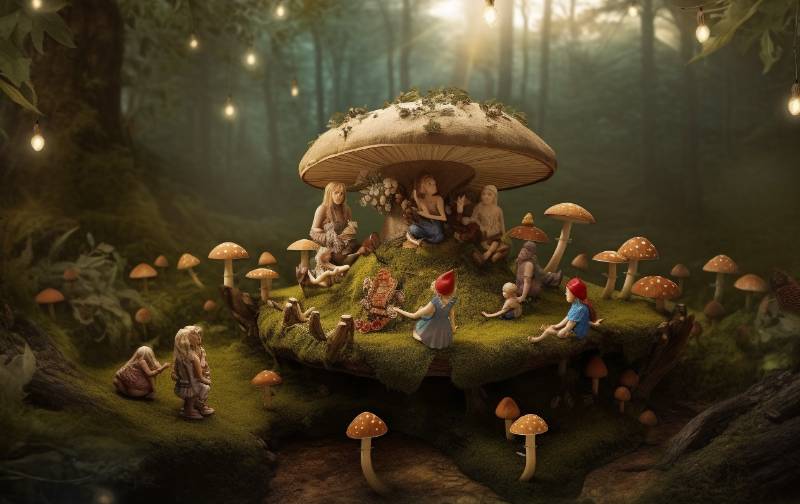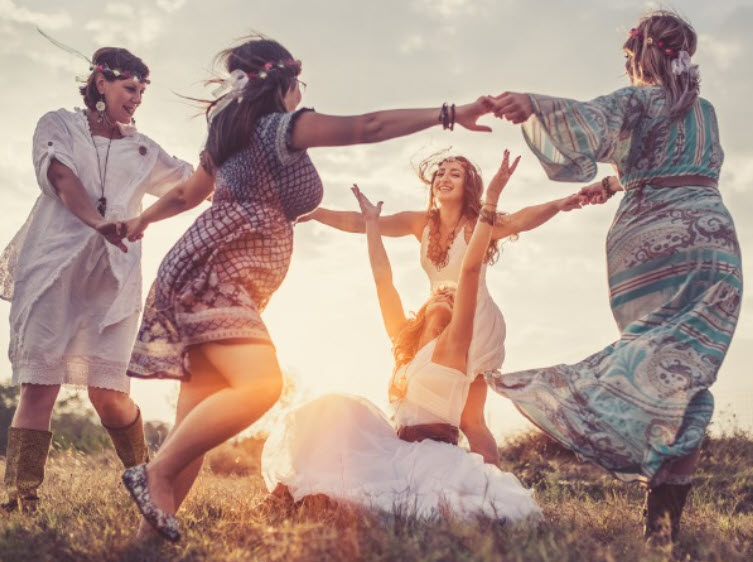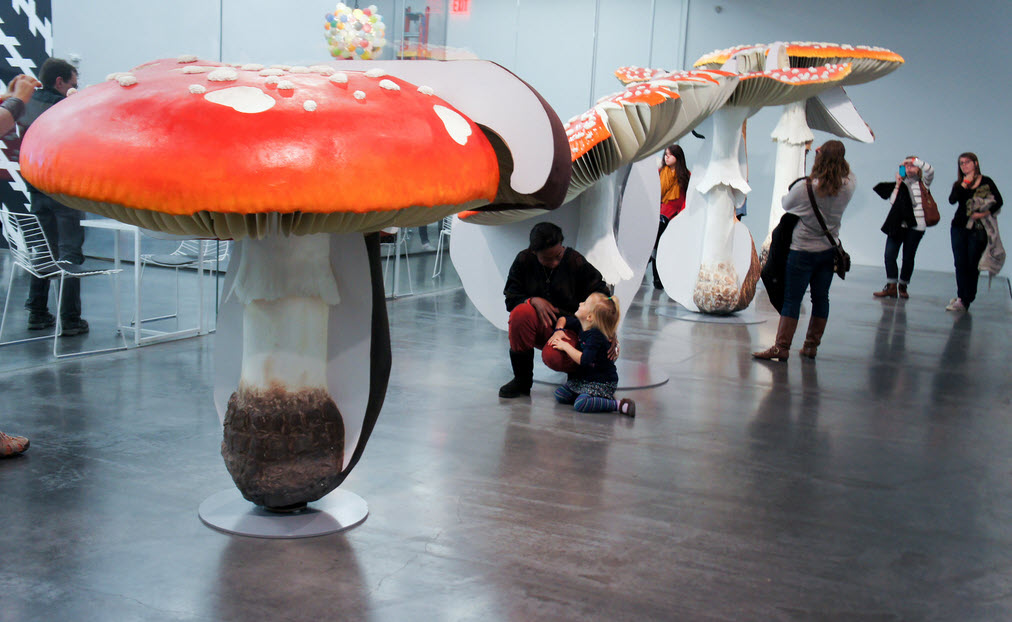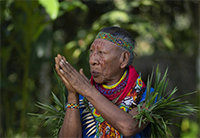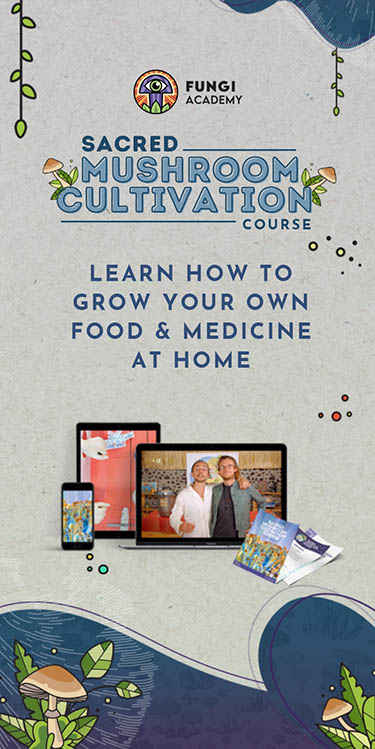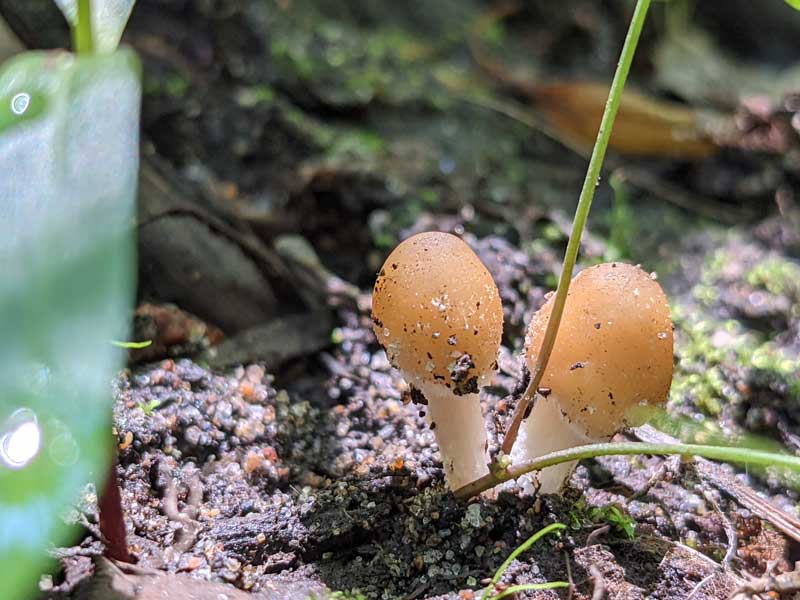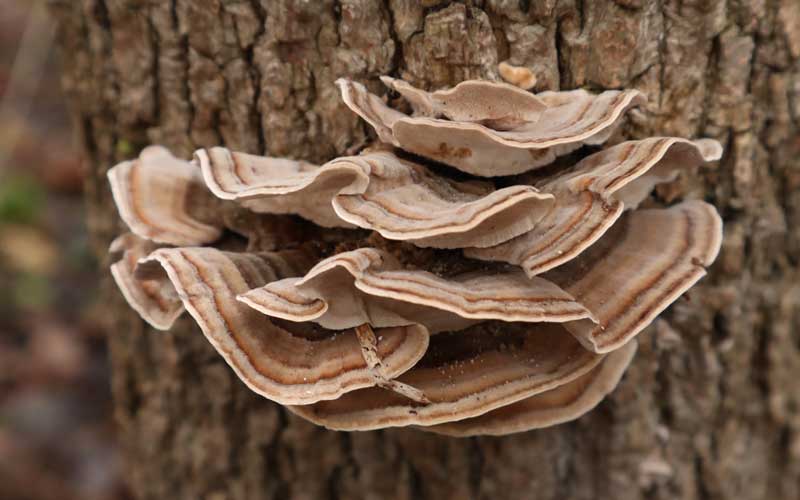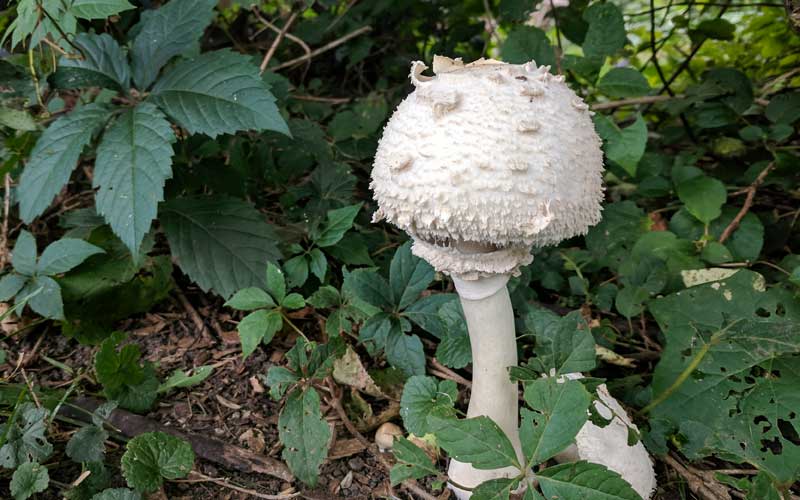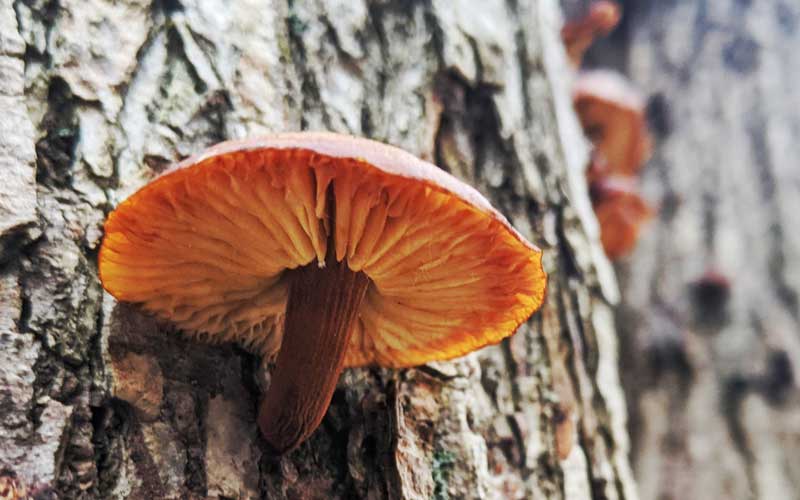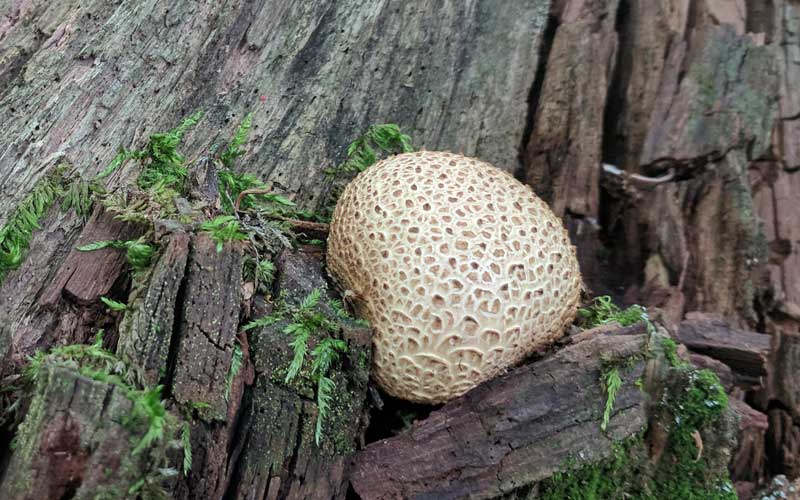- Home
- Folklore
Mushrooms in Folklore and Mythology.
Mushrooms have a long and fascinating history in folklore and mythology.
Often seen as mysterious due to their seemingly magical overnight growth, they have been imbued with magical and mythical properties, playing significant roles in the stories and beliefs of various cultures worldwide.
Let’s delve into some of the most interesting folklore and myths surrounding these unique organisms.
Mushroom Folklore in Europe.
In many European cultures, mushrooms have a strong association with the magical realm. They are often connected with fairies, elves, and other mythical creatures. In particular, the image of a fairy circle—a naturally occurring ring of mushrooms—has a prominent place in European folklore.
It was believed that these circles were portals to the fairy realm, or places where fairies danced and celebrated. However, humans were warned not to step into these circles, lest they be transported to the fairy realm or become invisible to the human world.
In Ireland, the lore around fairy circles is particularly rich. It was said that the fairies who danced in these circles could be mischievous or even malevolent, and disturbing a fairy circle would bring bad luck or worse. Similarly, in Germanic folklore, mushroom circles were associated with witches' dancing circles.
Mushrooms in Slavic Folklore.
In Slavic cultures, mushrooms have various roles in folklore. One of the most revered mushrooms in Slavic mythology is the red and white amanita muscaria, or fly agaric. The fly agaric is often depicted in folk art and is believed to possess magical properties.
The mushroom is tied to the ancient Slavic deity named Veles, the god of earth, waters, forests, and the underworld. Veles, often illustrated as a horned deity, was believed to give the fly agaric mushroom as a gift to humans. In return, people would leave the first mushroom they found in the forest as an offering to Veles.
Mushrooms in Japanese Folklore.
Japan has a rich history of mushroom folklore. Certain mushrooms are considered symbols of luck and longevity. The Shiitake mushroom, in particular, is seen as a symbol of longevity and good health. Its name even translates to "Oak Mushroom," hinting at the connection between the strength and longevity of the oak tree and the mushroom itself.
Another mushroom, the red-capped and white-spotted amanita muscaria, is associated with a popular figure in Japanese folklore—Tanuki, the raccoon dog. Tanuki is often depicted with a big belly and a wide-brimmed hat, and it's not uncommon to see an amanita muscaria mushroom included in these depictions, adding to the whimsical nature of the character.
Psychoactive Mushrooms in Mythology.
Psychoactive mushrooms, notably the psilocybin species, have been used in religious and shamanistic rituals by various cultures, with their effects seen as divine or otherworldly.
Among the indigenous peoples of Central and South America, these mushrooms played a significant role in religious and divinatory ceremonies. The ancient Maya and Aztec civilizations held these "flesh of the gods" in high regard, and their use was tightly regulated by religious authorities.
In Aztec culture, the divine mushroom was called "teonanácatl," and depictions of mushroom gods can be found in the region's archaeological record.
In Siberia and other parts of Russia, the fly agaric mushroom (amanita muscaria) has been used in shamanistic practices. The shamans would consume the mushrooms and then others would drink their urine. This process was believed to purify the toxic elements of the mushroom while maintaining the psychoactive properties.
This practice might have contributed to the association of fly agaric with reindeer, an animal deeply rooted in Siberian mythology, since reindeer also consume these mushrooms and exhibit intoxicated behavior.
Mushrooms in Native American Cultures.
In some Native American cultures, mushrooms were seen as powerful medicine or as spiritual tools. Certain tribes used puffball mushrooms (from the genus Lycoperdon) in healing rituals. When burst, these mushrooms release a cloud of spores, which was seen as a way to spread healing power.
There's also the fascinating case of the kōhau rongoā—the Māori tradition of healing in New Zealand—where certain fungi are used for their therapeutic properties. Although not strictly a mushroom, the mycelium bracket fungus "Piptoporus australiensis" was used to cauterize wounds in traditional Māori medicine.
The Diverse Roles of Mushrooms in Folklore and Mythology.
Across cultures and throughout history, mushrooms have been seen as symbols of life, death, and rebirth, largely due to their unique growth cycle. They can appear almost magically overnight, then "die" and disappear just as quickly. Some cultures view mushrooms as symbols of immortality or as bridges between the mortal world and the realm of the spirits.
In other cultures, the rapid growth and decomposition of mushrooms have led to associations with decay and death. This is the case in some Chinese beliefs, where certain fungi and mushrooms are seen as the "flowers of death," sprouting from the decaying bodies of the deceased.
Despite these associations, in Chinese culture, Lingzhi, a type of bracket fungus, is seen as a symbol of longevity and health. It's often depicted in art, especially in paintings where deities or immortals are present, symbolizing divine power and immortality.
Life, death and rebirth.
Conclusion.
Mushrooms have woven their way into the fabric of human culture and belief systems throughout history, taking on roles that reflect our fascination with their unique biological features, their potential for healing or causing harm, and the air of mystery that surrounds their life cycle.
Whether seen as a potent symbol of death and rebirth, a conduit to the divine, or an emblem of good fortune, mushrooms in folklore and mythology continue to captivate our collective imagination.
As we continue to discover and understand the myriad species of fungi in our world, we're likely to keep generating stories, beliefs, and mythologies that reflect the wonder and respect these remarkable organisms inspire.
Related Topics:
Mushroom Mysticism and Visionary Experiences.
The connection between mushrooms and mysticism has been recognized for thousands of years, across numerous cultures. The full article...
Mushrooms in Contemporary Art and Culture.
Mushrooms have been a constant theme across multiple art media, in many cultures. The full article...
Hallucinogenic mushrooms among the indigenous peoples of South America.
The cultural and spiritual roots of hallucinogenic mushrooms can be found among the indigenous peoples of South and Central America. Read the full article...
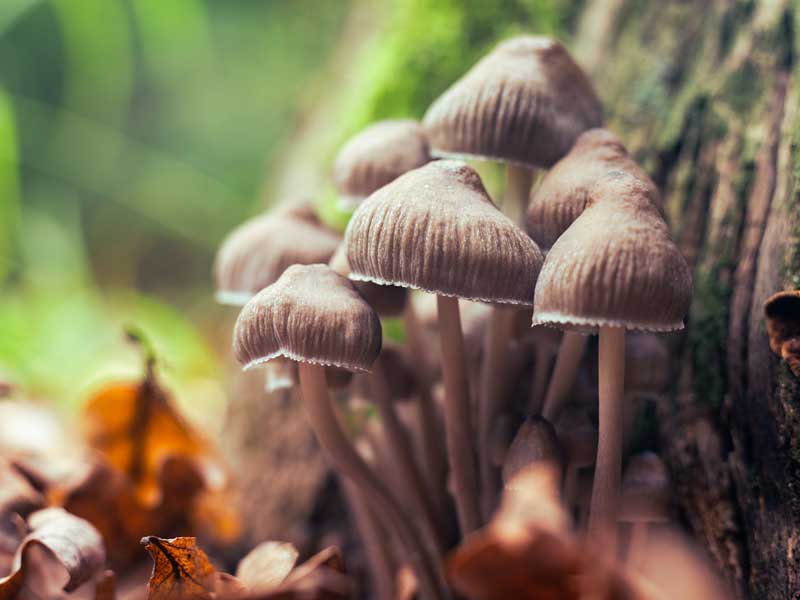
A brief history of magic mushrooms, and how they can improve our lives.
Magic mushrooms have played a role in the spiritual, psychological and mental health of people for millennia. Read the full article...
